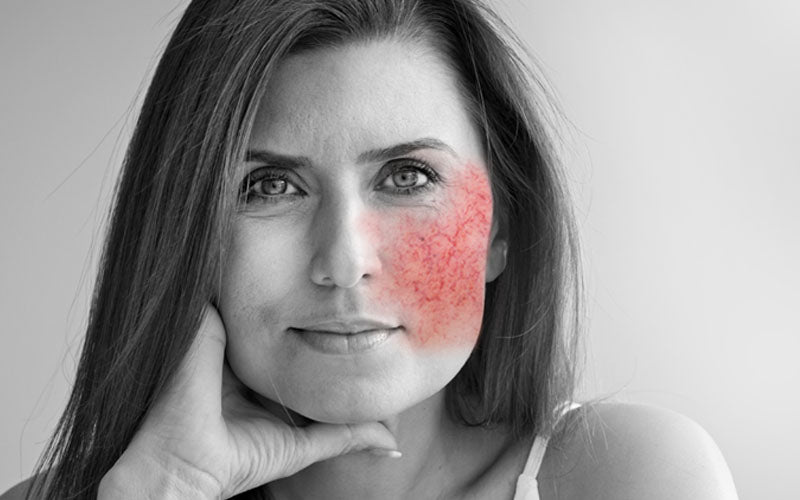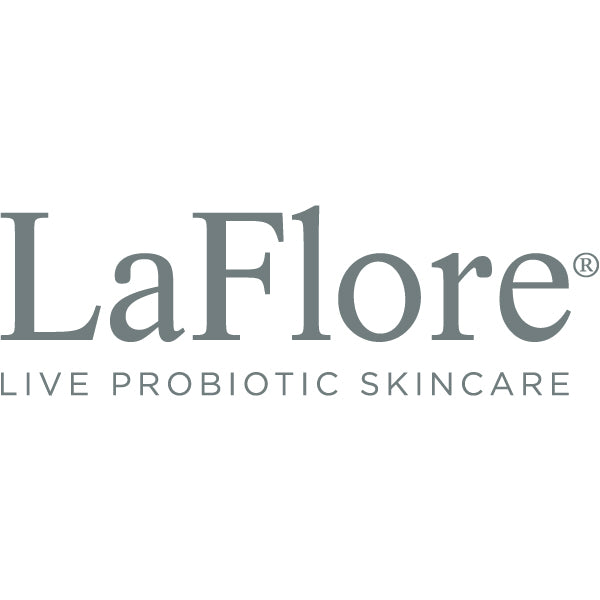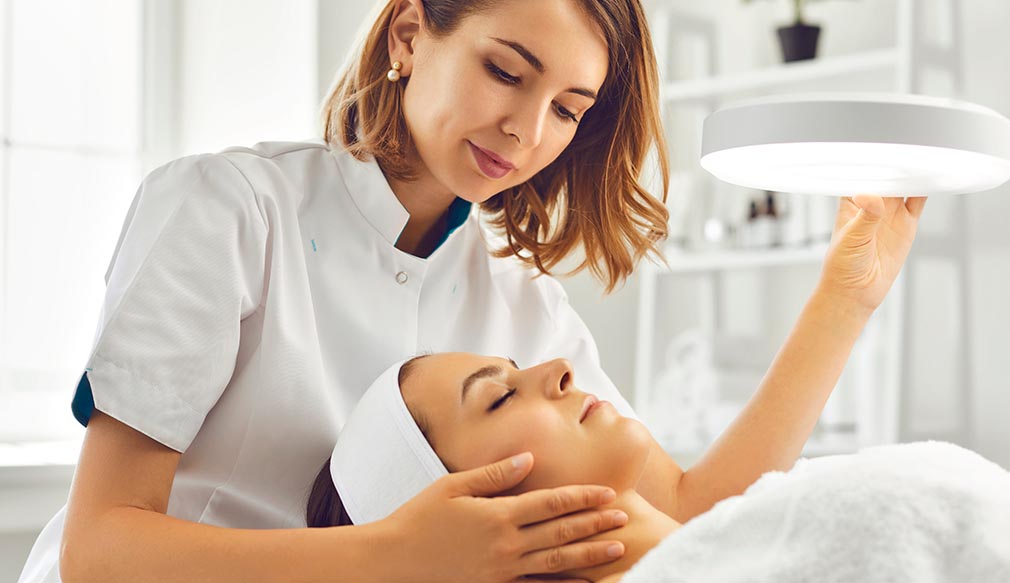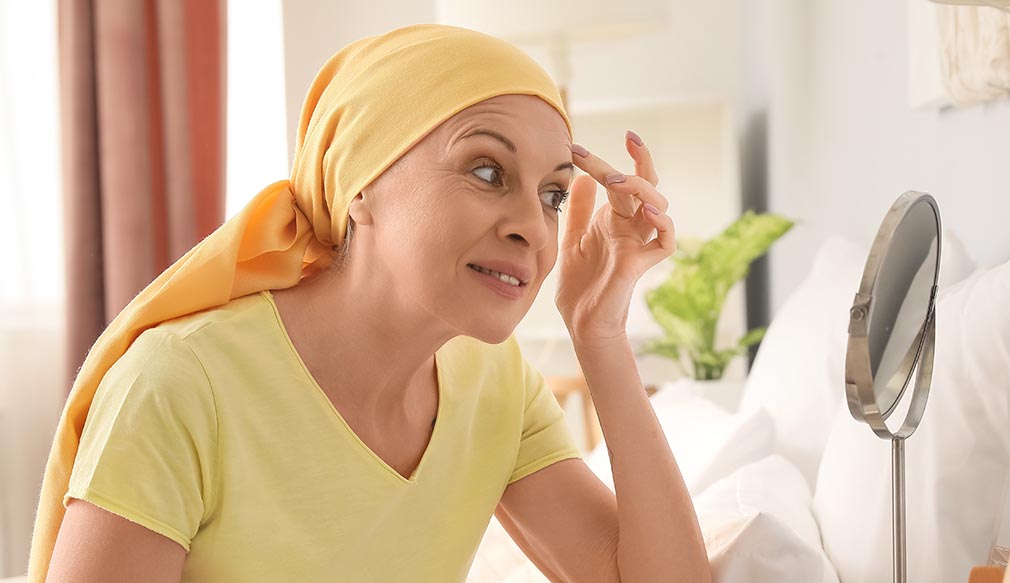
Rosacea Relief Revealed: The Science Behind Topical Probiotics As A Treatment

Rosacea Relief Revealed: The Science Behind Topical Probiotics As A Treatment
Rosacea is a chronic inflammatory skin condition that affects the nose, cheeks, forehead, and chin. It is one of the most common conditions that affects adults typically ages 30-60. People who have rosacea often have an overexpression of receptors in the skin microbiome for example, toll-like receptor 2 (TLR2), which causes an increased inflammatory response. These TLR2s also over-produce peptides such as cathelicidin, which also play a role in inflammation in the skin. This increased inflammation can additionally cause the skin to increase in temperature, which affects bacterial growth and balance - discouraging the growth of beneficial bacteria on the skin. When skin temperatures are elevated, S. epidermidis can also release more proteins than normal, increasing the inflammation of the skin. It’s been proven, people who have rosacea have an imbalanced skin microbiome - with higher proportions of bacterial strains like Firmicutes and Proteobacteria, and lower proportions of Actinobacteria. These changes in the diversity of the types of bacteria on the skin can leave it prone to infection and inflammatory responses to the environment.
How Topical Probiotics Help Treat Rosacea
The primary advantage of utilizing topical LIVE probiotics for rosacea treatment is the restoration and rebalancing of the skin's microbiome composition. This restoration involves reintroducing depleted strains and other beneficial bacteria to the skin. Through collaborative action, these microorganisms actively impede the growth of harmful bacteria and decrease the production of peptides and proteins that drive inflammation. Additionally, they play a crucial role in normalizing skin temperature and pH levels, fostering an environment conducive to the proliferation of beneficial bacteria.
In a rigorously conducted randomized controlled clinical trial spanning 30 days, subjects undergoing probiotic-based rosacea treatment reported notable improvements. These included reduced skin sensitivity, as well as increased skin hydration levels. The application of topical live probiotics in rosacea treatment yields a multitude of advantages, with the paramount benefit being the reduction of inflammation by reestablishing a balanced skin microbiome composition.
Rosacea and the Skin Microbiome
In the graph depicted below, the first two bars illustrate a visual representation of the skin microbiome composition in individuals exhibiting optimal health (leftmost bar) contrasted with those diagnosed with rosacea (second from the left). The distinctive colors employed in the graph correspond to diverse bacterial phyla or types. Notably, rosacea is marked by discernible shifts in the assortment of bacteria constituting the skin microbiome. These shifts manifest as a reduction in the proportional representation of phyla such as Actinobacteria, accompanied by a noticeable increase in the abundance of other phyla like Firmicutes.

For more information click here.
Two Ways to Add LIVE Probiotic Skincare to Your Spa!
LaFlore Live Probiotic Concentrated Serum - If you try any LaFlore skincare products choose this one! This serum helps by adding more of the beneficial bacteria the skin needs to reduce redness, irritation, and inflammation. Think of it as a transdermal supplement as it works best if used daily. This is due to the fact that it strengthens the skin microbiome to correct and prevent future rosacea flare-ups by working with the skin microbiome to produce postbiotic metabolites like vitamin A, vitamin C, peptides, antioxidants, ceramides, and more. Available in professional and homecare sizes.
LaFlore Live Probiotic Concentrated Serum recently won the 2023 Aesthetican’s Choice Award for Favorite Probiotic Serum!
Microbiome Rest Package - This starter package includes all of the LaFlore professional products to perform the Microbiome Reset Facial in under 50 minutes. It accommodates 25 treatments with a revenue potential of $4,125 for a service priced at $165. It’s ideal for those looking to add a line to their spa that can help with those most difficult-to-treat clients including rosacea. It has everything the skin needs to mend and thrive naturally. The microbiome reset facial helps to reduce current rosacea symptoms like inflammation and redness while also providing a jumpstart to your client’s daily supplementation.
A Note About the Process:
When using topical LIVE probiotics like those found in our LIVE probiotic concentrated serum your client’s skin may purge. This part of their journey will be unique to them because everyone’s skin microbiome is different. Just remind them that if they think it is getting worse, it’s part of the skin’s process, and to not stop! Their healthy, happy skin is right around the corner. NOTE: Purge is not irritation, if your client experiences a burning sensation discontinue use.
FAQ
How does an overexpression of receptors in the skin microbiome contribute to rosacea?
An overexpression of receptors like toll-like receptor 2 (TLR2) in the skin microbiome leads to an increased inflammatory response associated with rosacea.
What peptides are overproduced in individuals with rosacea, and what role do they play?
Individuals with rosacea overproduce peptides like cathelicidin, which contribute to inflammation in the skin.
How does increased inflammation in rosacea patients affect the skin's temperature and bacterial balance?
Increased inflammation can elevate the skin's temperature, affecting bacterial growth and balance, which discourages the growth of beneficial bacteria.
What happens to S. epidermidis when skin temperatures are elevated in individuals with rosacea?
When skin temperatures rise, S. epidermidis releases more proteins than normal, intensifying inflammation of the skin.
How does the skin microbiome composition differ between healthy individuals and those with rosacea?
The skin microbiome composition differs, with rosacea patients having decreased proportions of Actinobacteria and increased numbers of Firmicutes.
How do topical live probiotics combat inflammation in rosacea patients?
Topical LIVE probiotics impede harmful bacteria growth, reduce inflammatory peptides and proteins, and normalize skin temperature and pH levels.




